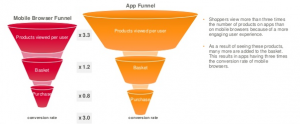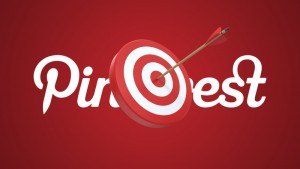Direct-Brand Revolution Will Hit Media Industry Hard
The following post was previously published in an earlier edition of Media Insider:
Are big media companies ready for another big wave of disruption? They’d better be. The direct-brand revolution is starting, and it might not be pretty for large incumbent players in the media industry.
I recently participated in the Interactive Advertising Bureau’s introductory event on “The Direct Brand Economy,” focused on fast-emerging disruptor brands like Quip, Casper and Hubble Contacts.
We were lucky to have many of these brands’ founders and heads of growth in attendance, which meant the chance to learn how these digitally born companies see everything from data and dashboards to traditional advertising and podcasts to partnerships with brick-and-mortar retailers. To say the least, it was a fascinating morning.
My biggest takeaway was that direct brands present both enormous opportunities and even bigger challenges for the media industry. Here are a couple of reasons why:
Direct brands like advertising. Direct brands sell directly to consumers, so they use a lot of advertising. Anyone who rides New York City subways or listens to podcasts experiences this trend firsthand. Capsule, Casper, and Oscar are all over the subway. Mack Weldon and Quip are all over podcasts. Hubble is nailing it in social.
Direct brands represent a brand-new segment with theoretically unlimited ad budgets — since the more products these companies sell, the more ads they want to buy. This is a big opportunity for media sellers.
When it comes to advertising, direct brands want their cake, and they want to eat it too. Digital is where their founders cut their teeth. They buy lots of search and social, and most hope to graduate to television advertising at some point. But they want TV to work just like search and social: They expect performance pricing, daily reporting, analytic dashboards, granular targeting, low campaign entry points, the ability to optimize across lots of ad creatives and a positive ROI from each and every channel. This is a real challenge for TV companies.
Direct brands will kill many legacy advertiser brands. How many ads are Sears, JC Penney, Montgomery Wards and Borders buying these days? Exactly. Dollar Shave Club and Harry’s don’t have to beat Gillette in market share to teach tens of millions of men to buy razors online and stop shopping for them at Walgreens, Walmart and CVS. It’s the same for chewy.com and The Farmer’s Dog versus Petco, teaching people to buy pet food and supplies online.
This means that media companies had better build relationships with these new brands, since some of their long-standing advertisers are likely to go away over time.
Most of these direct brands manage their search and social in-house. While they are outsourcing podcast media and out-of-home, most expect to in-house their TV ad buying when they’re ready.
This could be trouble for TV companies. Inviting these brands and their agencies to your upfront presentation once a year won’t be enough – even if you had room enough in the theater for the thousands of these brands that have emerged just so far this year. Selling to them means going on the road — which might only mean taking the L train to Brooklyn — if you want their business. Trying to do business on the phone won’t cut it. All this will be tough for a lot of legacy media sellers.
What do you think?
(31)
Report Post






